Max Linder, an icon of the golden era of silent film, was more than just a comedian; he was a trailblazer who transcended borders. Born Gabriel Leuvielle on December 16, 1883, in Cavernes, Saint-Loubès, France, he was among the first international Hollywood stars, captivating audiences with his charming persona and innovative comedic style.
Max Linder’s early life and theatrical beginnings
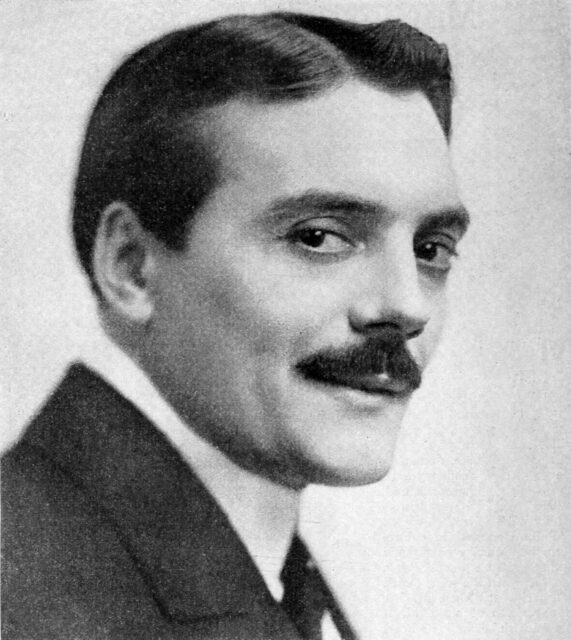
Max Linder’s roots were far from the glamor of the film industry. Raised in a family of vineyard owners, he was expected to take over the family business, but found the prospect unappealing. He later wrote that “nothing was more distasteful to me than the thought of a life among the grapes.”
Linder’s passion for the theater led him to the Conservatoire de Bordeaux in 1899, where he honed his craft and won accolades for his performances. Despite his parents’ wishes, he pursued acting, performing in shows by Molière, Pierre Corneille and Alfred de Musset at the Bordeaux Théâtre des Arts.
Adopting his famous stage name
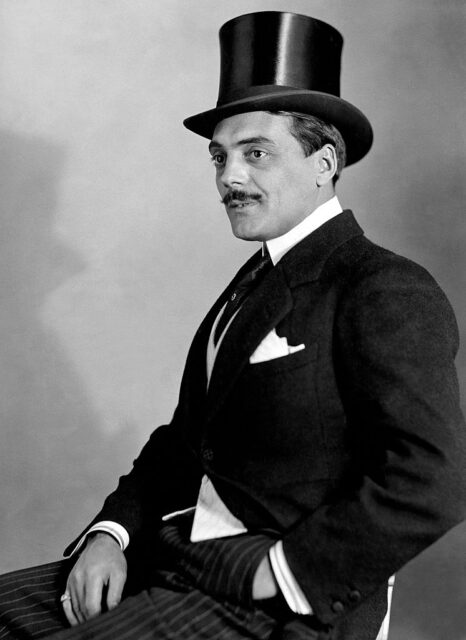
By 1905, Max Linder had adopted his stage name and began making his mark in the burgeoning film industry. His early work with Pathé Frères saw him in numerous supporting roles, but it was clear his comedic talent was something special.
His rise to fame was meteoric, and, by 1907, Linder had created one of the first identifiable motion-picture characters, “Max,” a “dapper man-about-town” who found himself in hilariously precarious situations.
The character became a beloved figure in early cinema, and Linder’s portrayal of a suave, yet bumbling gentleman was a hit with audiences worldwide. The actor’s productions were characterized by their sophisticated humor and physical comedy, setting him apart from the slapstick routines common at the time. By 1910, he was directing and writing his own films, solidifying his status as a pioneering force in silent film.
Max Linder’s rise to fame in silent film
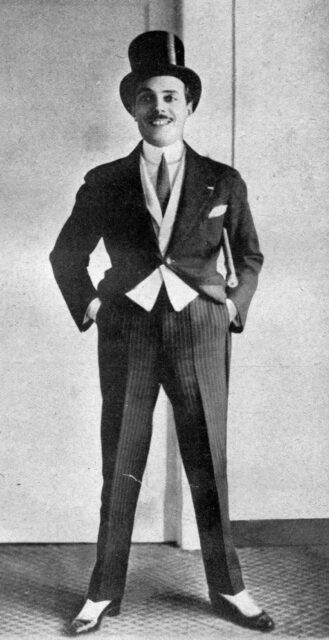
Max Linder’s influence was profound. He wasn’t just a performer, but also an innovator who inspired future generations of comedians, including Charlie Chaplin. Movies like Max Takes a Bath and Max Linder’s Film Debut, both released in 1910, showcased his unique style, blending elegance with humor.
Linder’s success wasn’t limited to France, either; his influence spread throughout Europe, making him a favorite among audiences and earning him the title of the world’s most popular film actor.
Such acclaim allowed Linder to demand a higher pay salary. By 1912, he demanded – and received – a salary of one million francs a year, which set the precedent for actors’ pay in the entertainment industry. In private, Charles Pathé, founder of Pathé Frères, had nicknamed Linder the “Napoleon of the Cinema.”
Health struggles and the impact of World War I
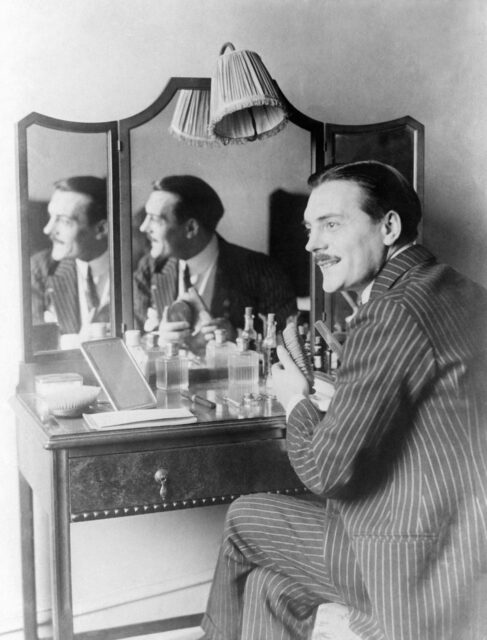
Despite his fame, Max Linder’s life was marked by health struggles. A childhood bout with cholera, healed only by resting inside the oven of a village baker, as well as a later diagnosis of appendicitis, forced him to refrain from making movies for a bit, leaving him physically vulnerable.
Upon the outbreak of World War I, Linder attempted to enlist in the French Army, but was physically unfit for combat. Still wanting to do his part, he, instead, worked as a dispatch driver, moving between Paris and the frontlines.
Many rumors circulated as to the physical effects of the conflict on Linder, but whatever the truth, his experience ultimately led to his first serious bout of chronic depression. The war also marked a turning point in his career, as changing tastes and attitudes of post-war audiences meant his style of comedy needed to evolve.
Max Linder struggled to find his way in Hollywood
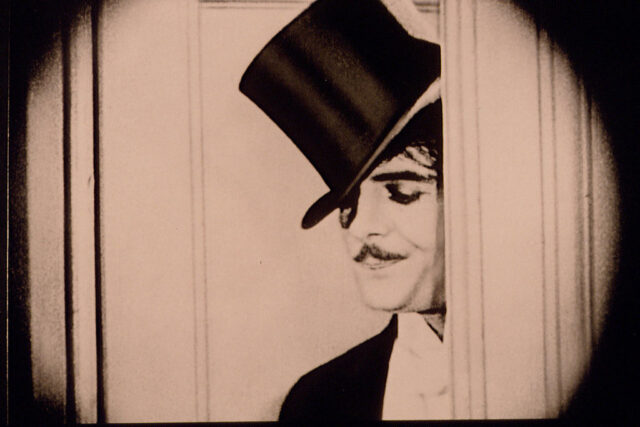
In 1916, Max Linder sought to conquer the American film industry, signing a contract to produce 12 short films with Essanay Film Manufacturing Company. His salary? $5,000 a week. The move was strategic, aiming to fill the deep void left by Charlie Chaplin’s departure from the studio, as he’d wanted more freedom and money.
However, Linder’s initial American films, Max Comes Across and Max Wants a Divorce, both released in 1917, failed to resonate with audiences. Despite a moderate success with Max and his Taxi (1917), the studio terminated the rest of Linder’s contract; he’d struggled to find his footing in the competitive Hollywood landscape.
Finding solace in his friendship with Charlie Chaplin
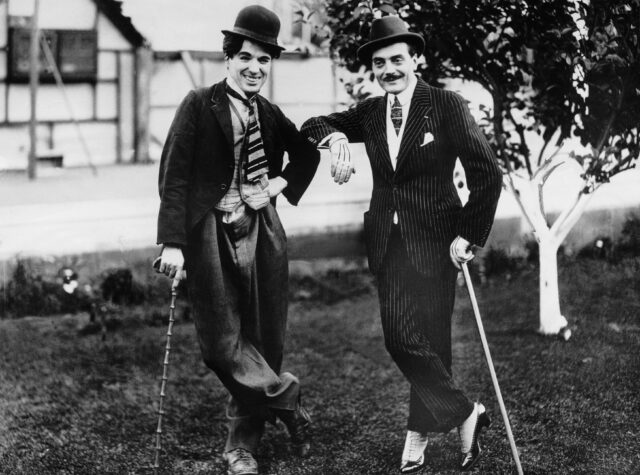
Max Linder’s friendship with Charlie Chaplin during this period was a source of personal and professional support. They often collaborated on ideas and gags, reflecting their mutual respect and admiration.
Unfortunately, Linder’s health and ongoing battle with depression hindered his ability to consistently produce work. His return to France in 1917 marked a temporary pause in his pursuit of the American dream, but he eventually continued to make movies with renewed enthusiasm following the close of the First World War in 1918, including the successful The Little Café (1919).
One more attempt at winning over American audiences
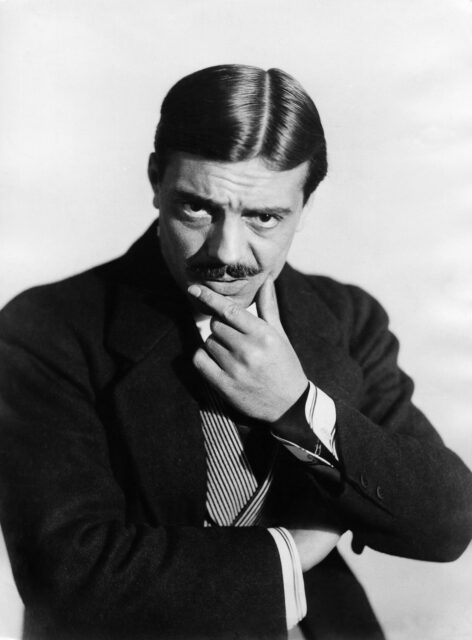
Max Linder tried his hand at the American arena once again, opening his own production company in the country in 1921. Multiple films he produced, however, failed to capture audiences – and he could sense it.
At the premiere of 1922’s The Three Must-Get-Theres, he said to director Robert Florey, “You see, Bob, I sense that I’m no longer funny; I have so many preoccupations that I can no longer concentrate on my film character […] The public is mildly amused by my situations, but this evening where were the explosions of laughter that we hear when Charlie’s on the screen? […] Make people laugh, its easy to say make people laugh, but I don’t feel funny anymore.”
Tragedy befell Max Linder’s later life
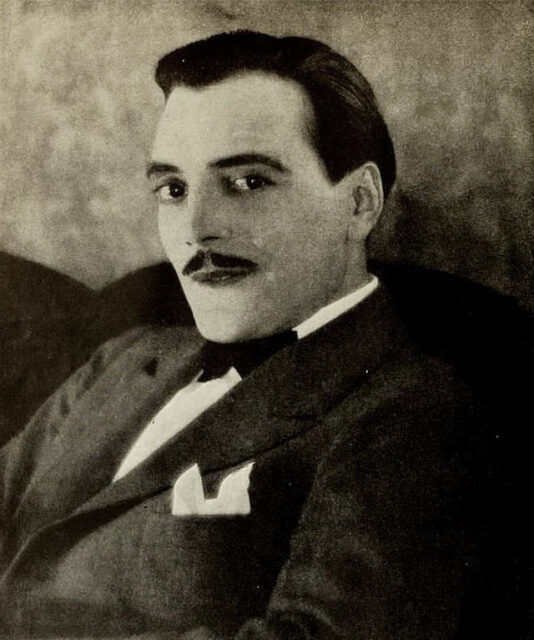
Max Linder’s personal life was equally tumultuous. In 1923, he was arrested for “kidnapping a minor,” who later became his wife, 17-year-old Hélène “Ninette” Peters. When he first met her, the actor reportedly told his friend, “I spent the whole night in a hotel lounge talking to the most extraordinary girl I could ever imagine. Instantly I knew this to be the woman in my life.”
They’d planned to run away together before Linder was arrested. By August of that year, they’d officially married, later having a daughter named Maud.
Throughout their marriage, Linder was described as being mentally abusive and jealous. Tragically, things between he and Hélène came to an end in October 1925, when the pair were found dead in what appeared to be a suicide pact. The exact circumstances remain a mystery, with some, including his own daughter, suggesting it was, instead, a murder-suicide, as Linder had supposedly told a friend he’d planned to kill his wife, along with himself.
The reason for their shared deaths was that the thought of Hélène being with someone else after Linder was gone was unbearable. He was 41 at the time, while she was just 19.
Max Linder’s legacy and influence on film comedy
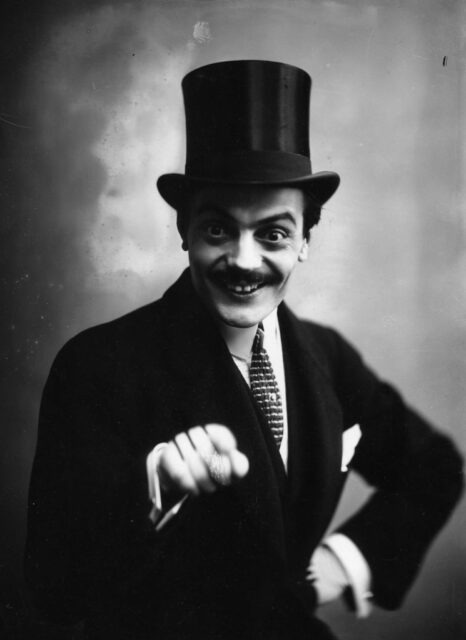
Max Linder’s innovative approach to comedy paved the way for future legends like Charlie Chaplin, Buster Keaton and Harold Lloyd. His movies introduced a refined, character-driven style of humor that significantly influenced the genre’s evolution, and his catalogue has since been posthumously celebrated with numerous compilations and documentaries
More from us: Behind the Glamour: The Life and Legacy of Marion Davies
Want articles by The Vintage News delivered straight to your inbox? Subscribe to our weekly newsletter!
Linder’s influence extended beyond the silver screen. He set a precedent for actors’ salaries and the concept of the international movie star. His impact on the industry as a whole is evident in the works of those he inspired and the recognition he continues to receive to this day.
